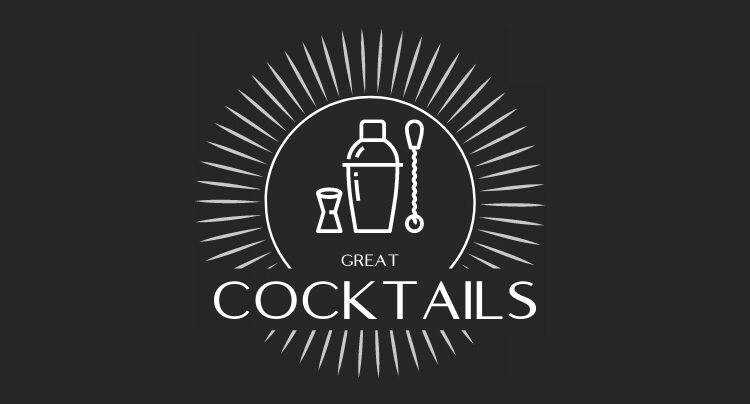Hats off to the Dutch! For it’s largely thanks to Dutch merchants that we have brandy today.
Back in the seventeenth century in order both to preserve the quality of wine over a long journey by sea, and to be able to transport more of it at one time, the merchants began to distil it before setting sail. When the cargo reached its destination, it was watered down to produce what the Dutch called brandewijn, or burned wine. Whether that name refers to the distillation process or reflects what people thought of the taste is up for speculation!
What was discovered though was that the undiluted liquid, stored for the journey in oak casks, had an improved flavour over the diluted version and a vastly different taste from the original wine.
Cognac
The merchants who did this were importing their wine from the Cognac region in south-western France. The Cognaçais at the time were renowned for enjoying a slower pace of life, and maybe it was this idea of taking one’s time that led them to initiate the process of double distillation.
Because alcohol has a lower boiling point than water, when wine is heated it is the alcohol that evaporates first. In distillation this gas is collected and cooled and it is the resulting liquid that contains most of the alcohol, a little water and many of the wine’s organic compounds.
It’s said that one of the earliest methods of distillation involved placing sheep’s wool over the vat of wine so that the evaporated gas was absorbed by the wool that was periodically wrung out.
Double distillation does what its name suggests: the first lot of distilled liquid goes through the still again and only the best of the second distillation is kept for maturation. This eau-de-vie (water of life) is stored in oak casks from which it takes tannin, woodiness and flavour, and changes from having no colour to being amber-gold.
As the wood of the casks is porous, the cognac evaporates and condenses, creating a dark halo on the walls of the surrounding buildings; the French call this the “Angels’ Share”. Only the USA drinks more Cognac than these Angels!
During the ageing process, the cognac develops perfume, aroma and taste, and can be drunk after two or three years, although it will gain in complexity when matured for longer before being bottled.
The oldest cognacs are stored in large glass containers in cellars known as ‘Paradises’. Each cognac house has its secrets. These are entrusted to the hands, mind or possibly soul of the cellar master who controls the purchase, blending and ageing of eau-de-vie. He or she needs great expertise in order to ensure consistency of quality of the house product.
Armagnac
The other great name of the brandy world is Armagnac, from the Gascony area of France. Armagnac was probably produced by the Moors in the 12th century, and was certainly around in the 15th century. Unlike the Cognac region, which lay on the Charente River with easy access to the Atlantic and the trade routes, until the eighteenth century, Armagnac was primarily a local drink.
The big difference between Armagnac and Cognac lies in the distillation process. Armagnac uses a continuous distillation system, which is responsible for its reputation as ‘the dancing fire’. It has a lower alcoholic content and is a little more rustic in style than its younger relation. EU rules say that brandy can only be called Cognac or Armagnac if made in those particular areas of France.
Other Brandies
Brandy is made all over the world starting from all sorts of bases including plums, rice, cherries, and corn. In fact it can be made from any liquid that contains sugar in some form: horse milk brandy, made in Mongolia, may have been the first example of distilled liquor! And it’s said that during World War II, Londoners distilled wine, made from cabbage leaves and carrot peelings, to make brandy.
The best brandies, though, should retain the underlying flavour of the fruit and none of the off-tastes.
How to Enjoy Brandy
The best way to enjoy them is to drink them at room – or slightly lower – temperature from a tulip-shaped glass. Don’t hold the bowl of the glass as you want to keep the brandy cool. If it’s warmed, the smell of the alcohol will overpower the aroma of the brandy. Furthermore, cool alcohol is more viscous and smoother in the mouth.
Take our advice and you’ll be able to enjoy the full, rounded scent and taste of fine brandy.
